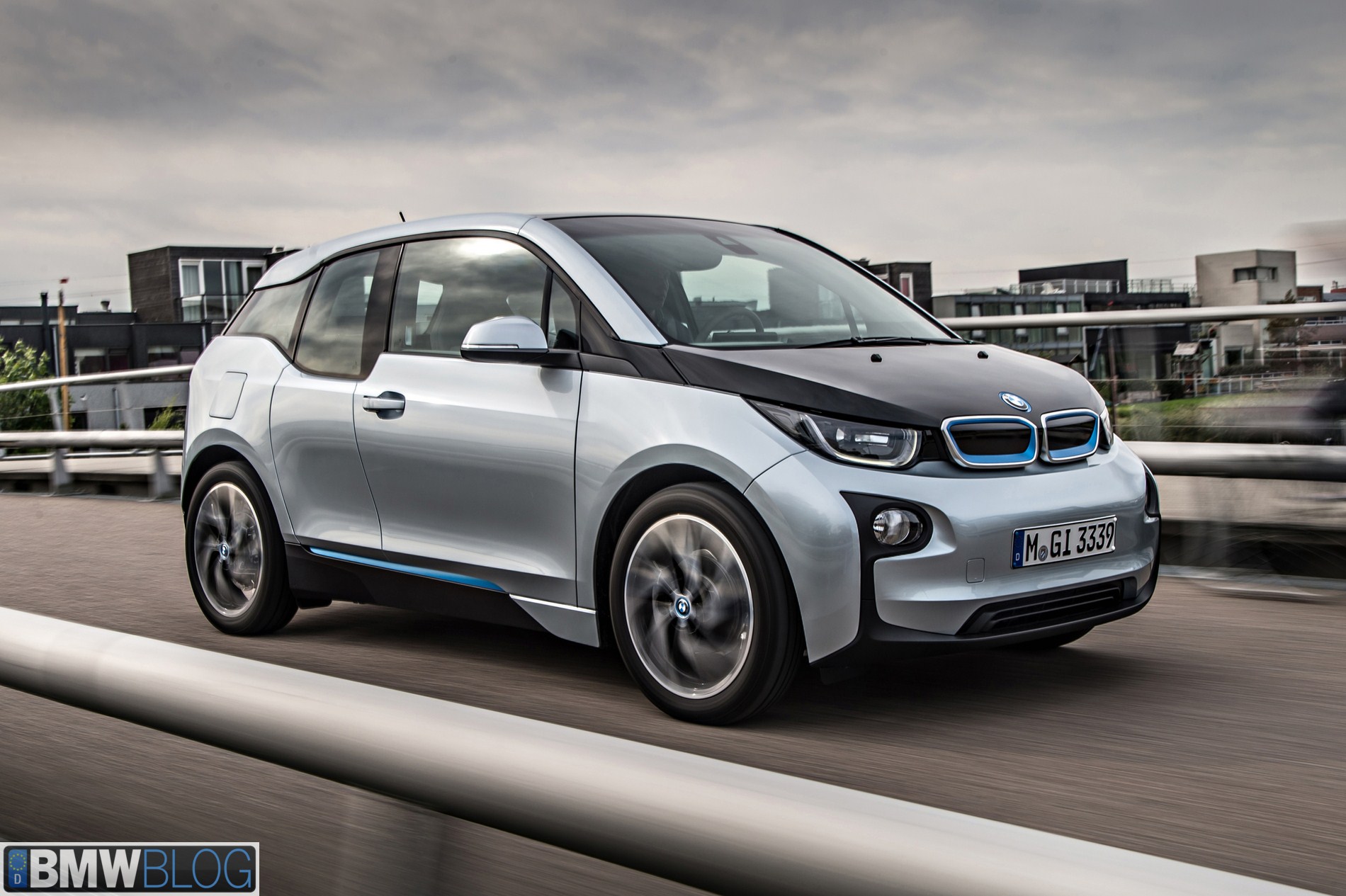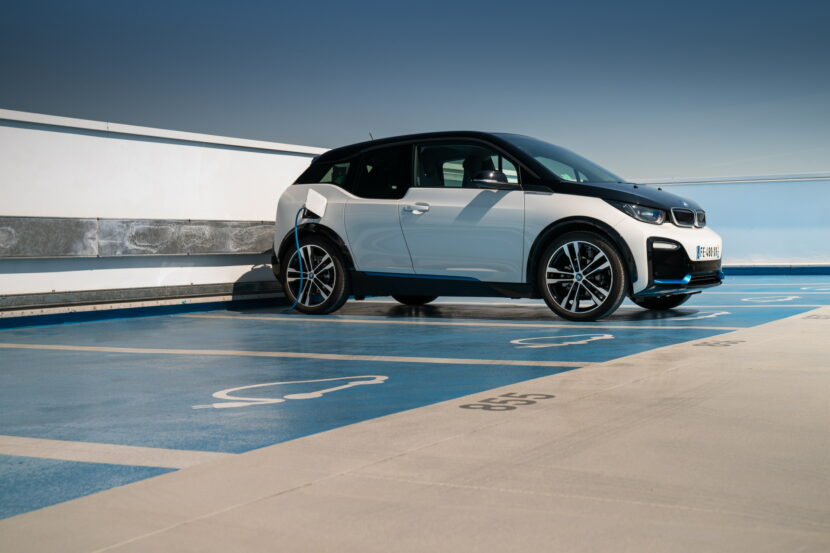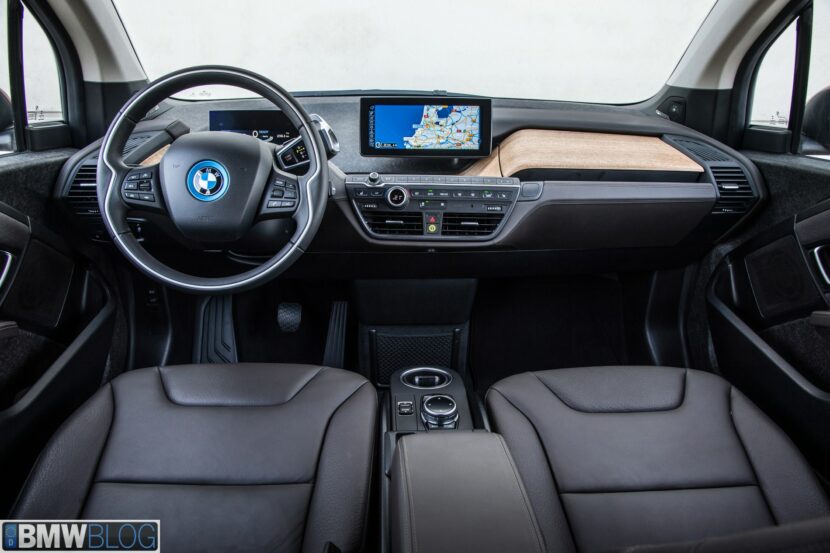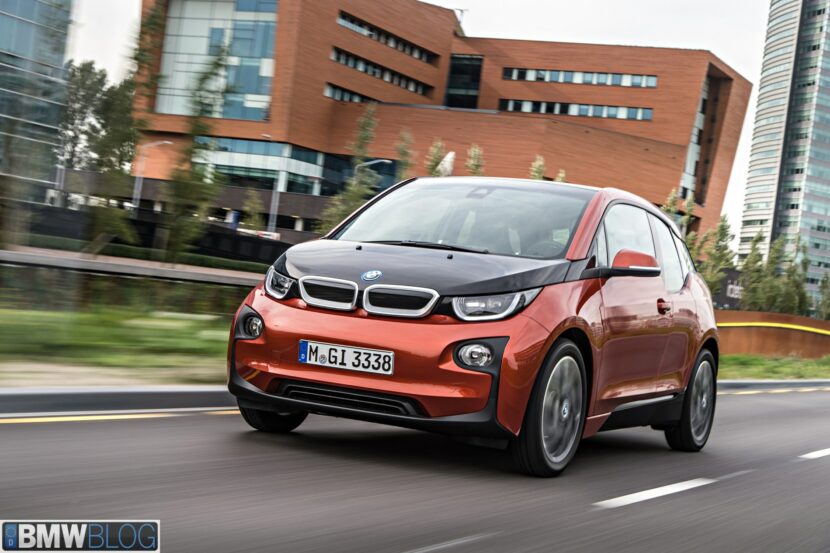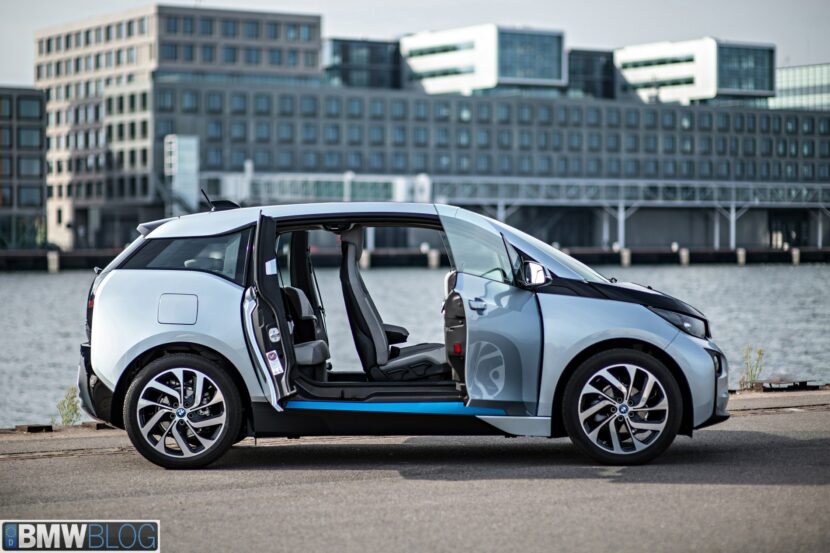In the U.S. market, you can find a used BMW i3 with low-ish miles for under $15,000 fairly easily. You might have to drive out of state to get it but a quick search for used i3s will show you that there are plenty to choose from on the used market. Any color, several different years, and both BEV and REx models. Whichever sort of BMW i3 you want, you can find for cheap on the used market. The only question is whether it’s actually a good idea to buy one.
On paper, the BMW i3 is a bit of a mixed bag. There are a lot of reasons why the i3 sounds like a good idea but also one big reason for why it isn’t. So let’s take a look at the pros and cons to buying a used BMW i3.
Pros
There are a few reasons why you might want an i3 and it’s hard to deny them. For starters, it’s a rear-wheel drive BMW hatchback with a carbon fiber chassis. Just the uniqueness of that statement should intrigue all BMW enthusiasts. Its carbon chassis makes it incredibly light and incredibly stiff. Additionally, it also provides a ton of interior space, as its chassis is bespoke and not based on an existing architecture. So it’s far roomier on the inside than its outside would suggest.
The BMW i3 also has a super short wheelbase and tiny footprint, not only making it quite nimble but also incredibly easy to maneuver, park, and shoot gaps in traffic. Its rear-drive layout also makes it quite fun to drive. Combine that rear-drive nature with accurate steering and instant electric torque and the i3 is a surprisingly fun, agile little car. It’s more like a warm-hatchback than anything else.
There’s also the matter of its interior. When the i3 first debuted, its cabin wowed customers and enthusiasts. Its exposed carbon fiber reinforced plastic, sustainable materials, airy design, and generous passenger space made it instantly cozy and inviting. While its unique design made it feel special among the rest of BMW’s lineup. It still holds up, too. Just look at so many of its newer competitors and you’ll see the influence the i3 had on them; the Honda E, Hyundai Ioniq 5, and even the Volkswagen ID.4 all have cabins that are clearly inspired by the electric Bimmer.
Cons
Okay, so no car is perfect but the BMW i3 is far from it. There are a few reasons that make the i3 less than perfect but only one that really, truly stands out as a big red flag — range, or lack thereof. The BMW i3 uses a very small battery pack and a surprisingly inefficient electric motor, giving it an incredibly low range. When it first debuted in 2014, it could barely go 80 miles on a single charge. The Nissan Leaf had a further range at the time.
Even now, after several updates to the batter, the i3 can barely muster 150 miles. Our own Horatiu is on his third i3 and he drives like an Eskimo in the winter; hat, scarf, and gloves, just so as to not use the heater, which drains the battery. In this modern era of cars, when even entry-level Hyundais and KIAs have heated seats as-standard and dual-zone climate control, it’s shocking to see that sort of comfort-for-range compromise in a BMW.
And it’s only going to get worse. As the years pass by, the i3’s battery will degrade and produce shorter and shorter ranges. Once it gets to a certain point, it would just be unusable for most journeys and, due to that fact, basically worthless on the used market.
Also, if you have a family, it’s quite a small car. It might feel spacious inside, and it is for the passengers that can fit, it can’t actually fit many passengers. Two small children would be okay in the back seat but anything more than that, or anyone larger, would but a struggle. Those back seats also eat into luggage space, so don’t expect a big family/gear hauler out of the i3.
Upkeep can be expensive as well. While its EV powertrain will most likely be flawless during your time with it, some minor electrical gremlins could cost you some money. But the big expense is tires. The BMW i3 uses a bespoke tire size, one that only exists for the i3. Because of that, tires are quite expensive, which gets frustrating after a few unlucky nail-induced flats.
Conclusion
Buying a used BMW i3 isn’t a good idea for most people, if I’m being honest. Sure, it’s cheap and you get a carbon-tubbed, all-electric BMW for very little money. However, it has an extremely low range, a small cabin, and it’s also going to suffer from pretty epic depreciation. However, there is one group of people that would benefit from owning an i3.
To be honest, I’m one of them. I live in a town where everything I need is within five or ten miles. Sometimes 25 miles, at most. Additionally, if I’m not testing a press vehicle, I barely drive. I can go an entire week without unlocking my car. I also have a driveway big enough to accommodate a Level 2 charge station. So I could keep the i3 charged at all times and only use it every once in awhile, saving a ton of money on fuel in the process. Making matters even easier, my wife’s car is a small crossover (Volkswagen Tiguan), so we have a family vehicle when it’s needed.
Someone like me, who lives in either a city or a small town, has easy access to charging, and only drives short distances would absolutely get a ton of use out of a BMW i3. As a cheap second car for someone like myself, a used i3 is a surprisingly good idea. For everyone else, however, there’d be a lot of shortcomings that would have to be dealt with and a lot of compromises made for it. Which likely makes it unwise.


